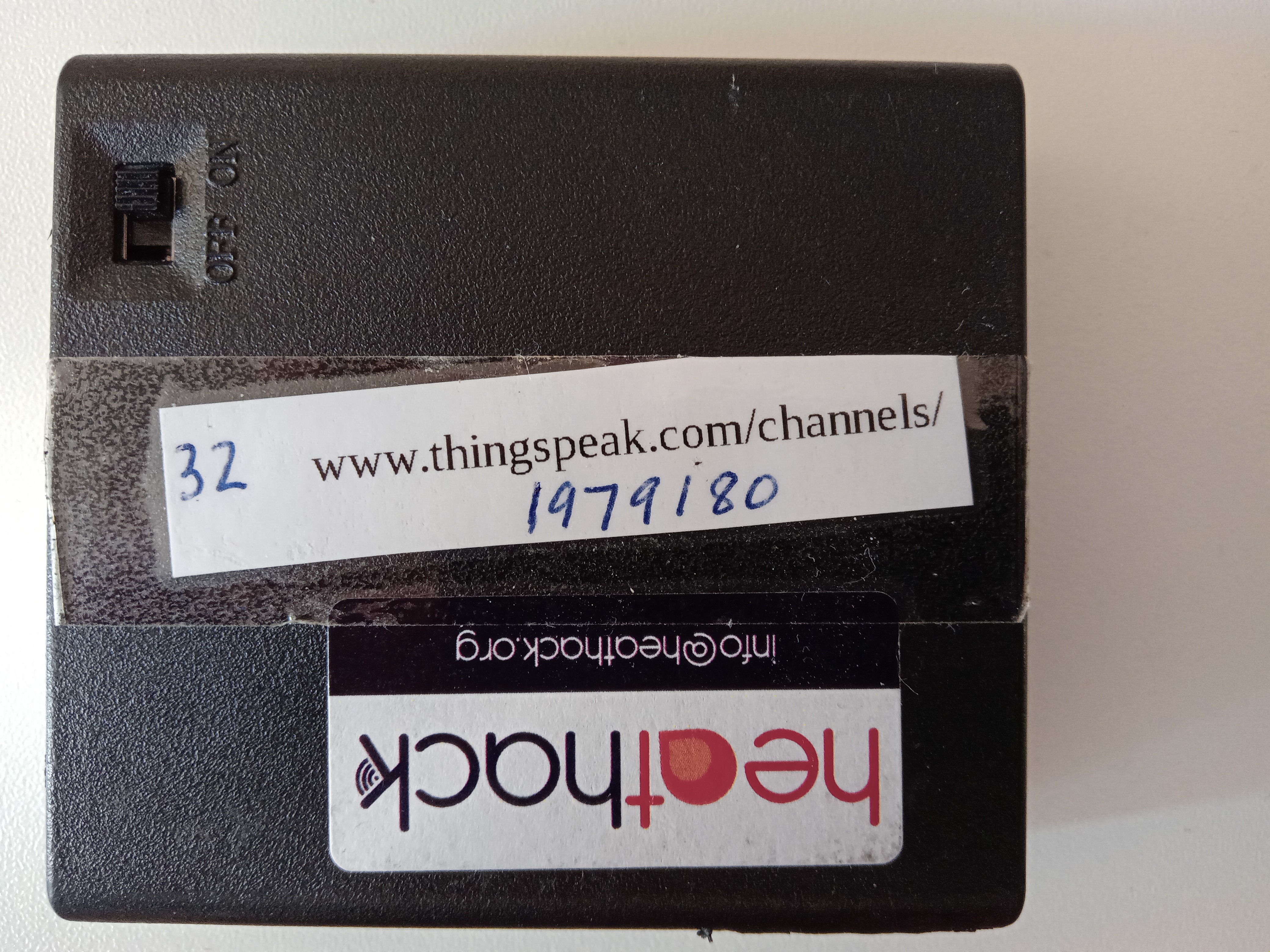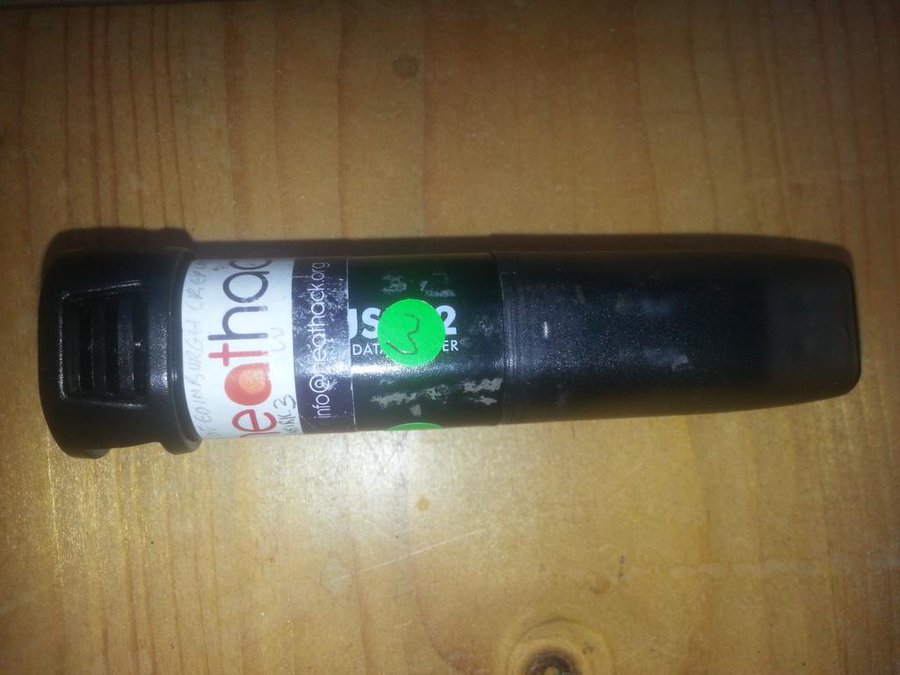Temperature and relative humidity readings#
Regular temperature readings are very useful for understanding where you are wasting energy on heating. Monitoring often indicates that a small change in practice or a small investment in different heating controls will save enough money to be worth the bother. In buildings that are slow to warm up and not used all the time, it’s common to discover a quarter of the heating is wasted, and we have sometimes found much bigger problems, like a church hall that had accidentally been heated 24/7 for years. Monitoring will also help you understand and handle user complaints and know when maintenance is required.
Your heating controls might already log room temperature for you.
Relative humidity readings are also useful if you have any concerns about damp or dryness in your building. That might be because you want to be sure the conditions are right for people, or it might be because you want to safeguard the building or its contents. This is less important than recording temperature because if it’s too damp or too dry for the people in the building, it should be obvious. However, if you are a church with a pipe organ or other sensitive furnishings, or a building with unfrequented spaces that you think might be damp, it’s useful to have a device capable of monitoring relative humidity so you can use it for this some of the time. It’s difficult to measure relative humidity accurately so you should treat the readings as approximate.
We have a volunteer who makes cheap monitors that can either save temperature and relative humidity readings for you to pick up with a smartphone or send them to the internet, but we can’t always guarantee to have enough monitors for every group. Other groups can buy commercial devices called “data loggers”. It is expensive to get ones that send data to the internet. More often, the logger is a USB stick and you pick up the data using a laptop. It costs around £45 to get a temperature logger and £65 to get one that logs temperature and relative humidity. There are several companies that make them. Devices from less established companies might be cheaper, but it’s possible you get what you pay for - we aren’t sure. Lascar Easylog USB is a common choice so you could compare your options to those.
We just use the word “monitor” to mean either our thermal monitor or a commercial data logger.


